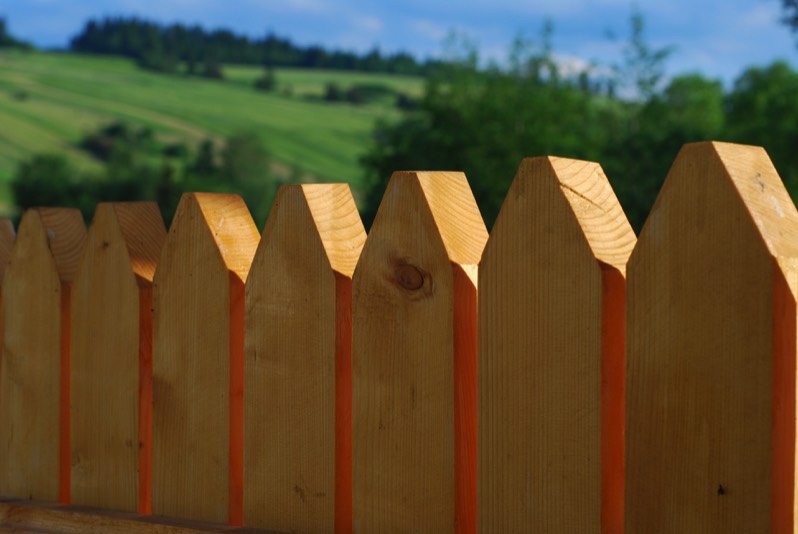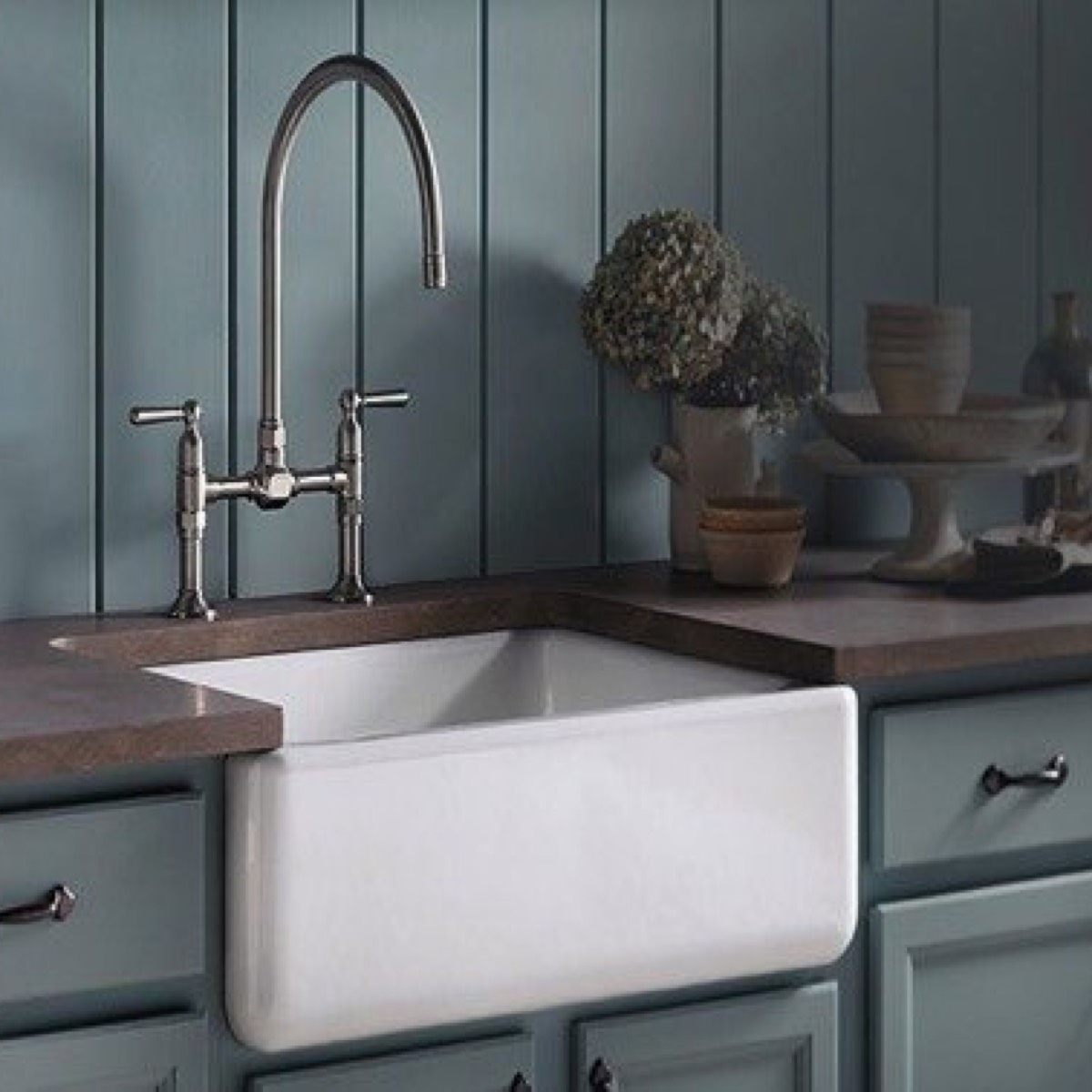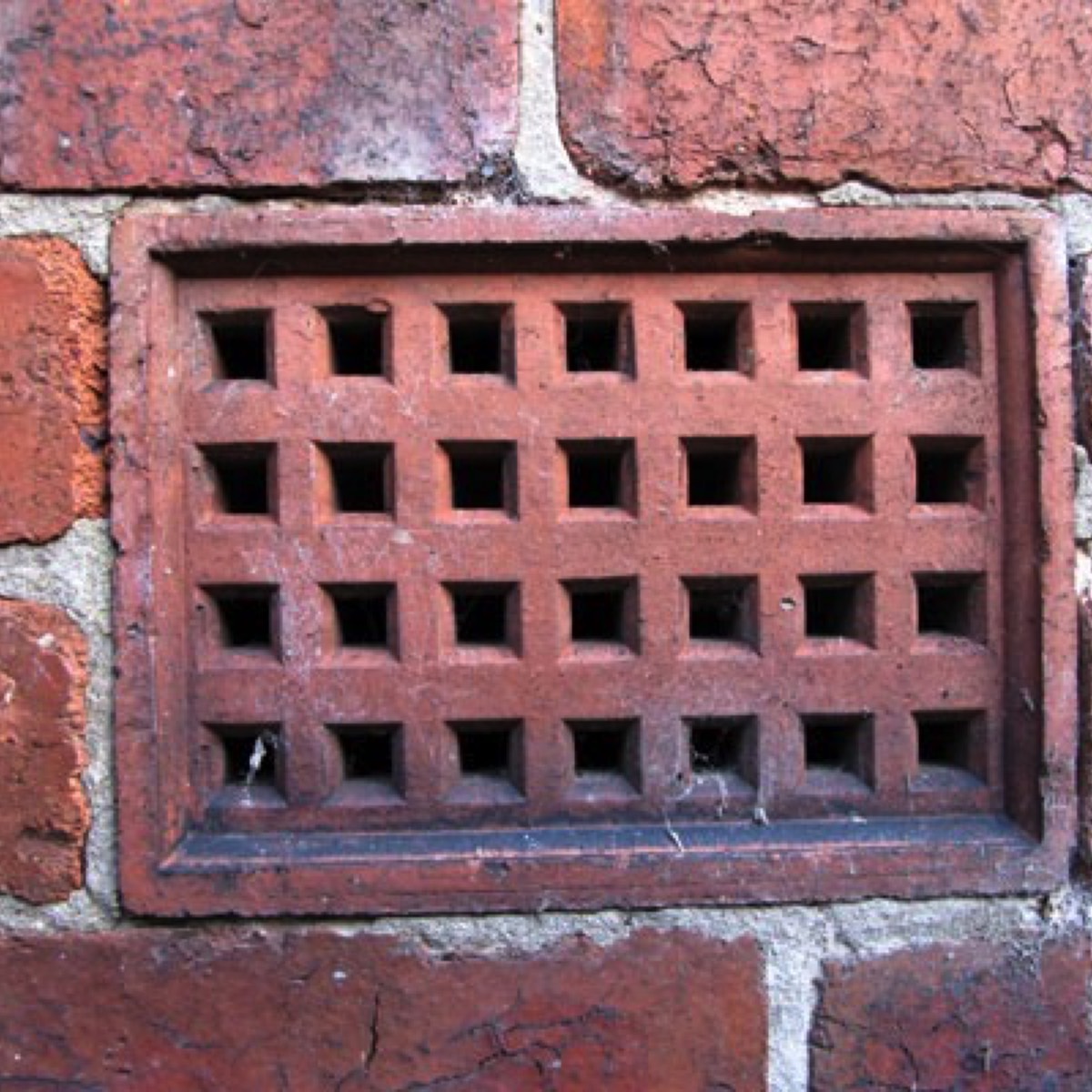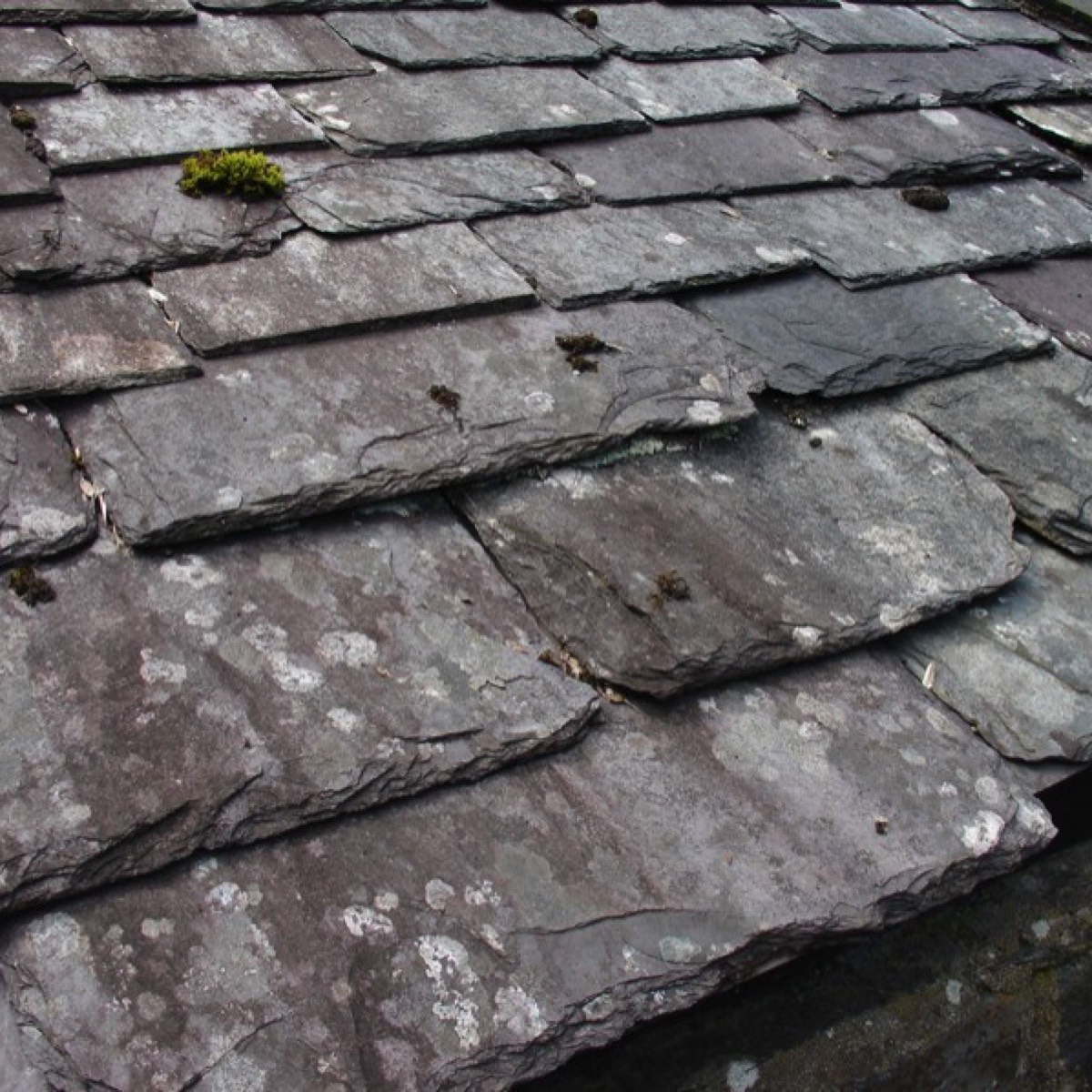How Much Does it Cost to Put up a Fence?

Job Costs
| job | Description | labour |
| 1 | Replace one timber post, (concreted in), one 6’ (1800mm) high, interwoven fence panel and gravel board. Two men – one day. | £275 |
| Plus materials, tipping etc. relevant to the above | £80 | |
| 2 | Supply and replace all the fencing on one side of a 50’ back garden. This will take 3 days. | £825 |
| Plus materials, tipping etc. relevant to the above | £435 |
Information sheet on Fences/Fencing
There are many different reasons why a fence may be built, but basically it is to keep things in, or out of, what is being fenced. This could be livestock, a flower bed, or your neighbours to name just a few! For the sake of this article, we are talking about the garden fence which defines the boundary between your property line and either of your adjacent neighbours. Usually, you will be responsible for the choice and ongoing maintenance of one boundary line and it is an excellent idea to establish which one is yours before you start pulling apart the existing fence. In an ideal world, you and your neighbour will be able to agree on what is being proposed and be happy to have a new fence to look at end enjoy.
The type of fence we are describing is the type we see most often separating gardens in this country. It is made of vertical wooden boards with a plain top and is usually around 1200mm (4 ft) high. There are many other possibilities and variations, but they are for another article!
Parts of a Fence
Posts
These are like the backbone of the fence and give it the strength to support it and to withstand wind and rain over the years.. They can be made out of wood, concrete or metal. Wood is the least expensive material and will last the least amount of time, but they will last longer if the wood is pressure treated and if the bottom of the post (the bit that goes into the hole) is coated with creosote. Concrete posts are 150mm square, but the girth of wooden posts should increase in relation to the height of the fence and how long you want it to remain standing.
Post fixings
Fence posts are usually most stable if they are set into a hole filled with concrete.
However, there are also a variety of metal post supports which can be screwed into concrete. Others have a spike and can be hammered directly into the ground. In either case, the fence post then slots into a supporting bracket.
Boards
These are the individual planks of wood that fit between the posts and their height and arrangement create the desired level of privacy you are aiming to achieve. The boards are usually around 100mm or 150mm wide (4 or six inches). If your fence is to be built using these individual boards then it is almost certain that they will be configured vertically. This method is known ascomposite fencing, as it is made from many individual boards which are put into position where the fence is to be i.e. in your garden
Panels
Panels are almost always wooden and come in several heights though they are usually 6’ (1800mm) wide, which will be the distance between the posts. There are different varieties from lightweight, cheap and cheerful interwoven, to attractive and more expensive waney edge. The panels are fixed to either wooden posts or dropped into slots at the sides of each concrete post. There are also concrete sections aavailable, which can be slotted between concrete posts. It takes about 5 of these to make up a height of 6 feet.
Rails (stretchers or Arris Rails)
These are the horizontal rails that attach to each end of the posts. The panels, or the individual boards are fixed onto them. There are usually two rails, one at ground level and one near the top of the fence, but if the height of the fence is greater than 2 metres, an extra stretcher will improve stability.
USEFUL FENCING TERMINOLOGY
Arris
This is an architectural term describing the point where two surfaces join, such as the corner of a picture frame.
Arris Rail
A type of fencing rail which is triangular in cross section and is usually made by a diagonal cut along the length of a square section timber. Each end of the rail is sharpened to a tapering ‘point’ and is then inserted into a mortice (hole) made into each fence posts into which the rail fits. The triangular shape helps to prevent rainwater from collecting on top of the wood and rotting it. It also makes the fence harder to climb. There are usually two or three arris rails running horizontally across each panel.
Stainless steel brackets are now available for securing the ends of the arris rail and these negate the need for morticing and make the job quicker.
It is also common practice to use square timber for the rails.
Capping Strip
The wooden rail which ‘tops off’ your fence. In addition to looking nice, it gives a bit or protection to your fence by diverting rain away from it.
Feather Edge
Fence boards which taper to a ‘point’ from one long edge to the other. They can then be overlapped neatly for maximum privacy.
Gravel Boards
These are an often overlooked, aspect of fencing. A gravel board is simply a 150 mm (6 feet) high length of treated wooden board (or better still concrete), which is laid horizontally at soil level at the base of a wooden fence. It is effectively a “sacrificial timber”, designed to rot away over time. The fence itself sits directly on its top edge away from the ground. It’s cheaper to replace a rotten wooden gravel board, than the whole fence.
Pressure Treatment
This is a process that forces chemical preservatives into wood. This helps to protect the wood from decay. All wooden fencing materials are now pressure treated against rot during production. However it may be a good idea to get the posts a week in advance and soak the bottoms in creosote as it will double their lives!
Make sure the posts and panels/vertical timbers, are all treated with the same colour preservative, particularly if they may be coming from different suppliers.
Waney Edge
This is wood which was cut from lumber adjacent to the bark and therefore, one edge of it has evidence of the colouration and unevenness of the bark. It isn’t as valuable as other timber, but is useful for fencing and even looks quite attractive!
Replacing a Fence
The best time to replace a fence is in winter when everything in the garden is dead or seriously cut back. You can even put inverted buckets over small plants to give them a fighting chance, but expect to lose some of them to worker’s clodhoppers!
Remember, the old fence will have to be dug out first and the new posts probably won’t go into the same holes so a lot of earth may be disturbed.
Your chosen tradesman won’t really appreciate being asked to quote for five or six different styles. There’s a limit to everyone’s affability even if he is pretending to be nice to you to get the job! Try and decide what you want before calling him round. Have a walk around the neighbourhood and look at what you see in terms of design, materials and height. You never know, you might get into a conversation and make an acquaintance or two.
More about Neighbours
As previously mentioned, a degree of friendly co-operation with your immediate neighbour will be advantageous to you both.
Your fencer will no doubt have to do some of the work from next door’s side and it is not impossible that there will be some disturbance, so it’s best that you give fair warning of what to expect and also to find out in advance what measures your fencer intends to take to minimise disturbance and to make good when he has finished.
Remember that if you are replacing a fence, the old one will have to be dug out first and the new posts probably won’t fit into the same holes, so a lot of earth can be disturbed.
It is also vital that the fence gets built on the true boundary line and this can be checked with Land Registry documents. Even if you are just re-placing an existing fence, if it has been there since before your neighbours moved in, it is likely that they will be taking an interest if they have any doubts about the position of the existing fence.
The way most fences are constructed means that they end up with a ‘good’ side and it is a courtesy (and a sweetener) to have the good side facing into the neighbour’s garden. If everyone sticks to this convention, then we should all have a good side to look at!
Questions to Ask the Fencer at the Quotation Visit
What thickness posts will he be using?
How will he be securing the posts?
How deep a hole will he be digging?
Aim for around 450mm (18 inches) for a 1800mm (6 feet) high panel.
How long will he leave the posts to set?
Ideally this should be no less than overnight.
How will he fix panels and gravel boards to posts?
The best method is with galvanised or stainless “U” shaped brackets, but if he uses nails anywhere on a fence, they must be galvanised.
Does he use triangular “arris” or square edged, horizontal fixing rails?
How will he fix “arris” rails to posts?
Morticed in, or galvanised or stainless brackets?
How will he finish the fence top?
Panels and “featheredge” boarding tops should always be horizontal, though on rising ground, each section between posts may step up in relation to its neighbour. Posts should be cut approx. 1” (25mm) above the fence top and be fitted with a wooden “sacrificial” capping piece that will take the rain and rot first.
Will he clear the site completely on completion?
Will he remove all the old and unused materials and clean off the tons of black clogging mud he’s left all over your new driveway?
FAQs 'traffic light' guide
-
What's easy about this job…
Open or CloseNothing can go wrong.
-
What's tricky about this job…
Open or CloseDigging out old concreted-in posts. Also not ruining your plants near the fence.
For all job costs click on the appropriate section below:
www.buildingsheriff.com
Copyright The Building Sheriff Ltd 2017


